


Welcome to the May edition of Engine Shed. In this edition, we will look at the newly tooled YMA and YMO ‘Salmon’ wagon CAD renders. Plus, we’ll take a sneak peek at the ‘Macaw B’ wagon CAD renders still in development.
The ‘Salmon’ bogie rail wagon is a 62ft long flat wagon fitted with five bolsters, still in continuous use today. These wagons were designed to carry lengths of rail and track panels. The wagons were based on an early LMS design. When the nationalisation of Britain’s railways came into effect on 1 January 1948, British Railways (BR) inherited stock from the Big Four railway companies, one of which was the LMS. BR had to decide how to reclassify the stock. For their freight wagons, an aquatic theme seemed appropriate, something they borrowed from the GWR. The LMS bogie flat design was designated as a ‘Salmon’ with each wagon classified as a different variable: YMA, YMO, YMP and YMB.

In total, 894 wagons were outshopped between 1949 and 1961 under 15 different lots. BR workshops at Derby and Wolverton made most of the wagons, but private firms such as Head Wrightson Ltd. and G. R. Turner made the first 162 wagons. According to the LMS Diagram 19, these had a wooden floor and LMS bogies. The rest of the wagons had a steel floor and GWR-style plate bogies.
A single ‘Salmon’ wagon could carry multiple 60ft lengths of rails at a time, while a rake of wagons could transport 600ft long welded rails. They were built either unfitted or with vacuum through pipes. In 1974, these wagons were coded YMO and YMP, with the design codes of the following: YM500x, YM501x and YM502x series. By this time, bolsters had been removed from several wagons to allow transportation of the 60ft track panels. Twin cranes were fitted to other wagons in order to handle rails. These received TOPS codes in the YFx series.
There were two modernisation programmes. The first was during the 1980s when air brakes were fitted to several of the wagons at Doncaster Works. These wagons were YMAs. The air brakes allowed the YMAs to run in larger consists. Other modifications included the fitting of steps, which tended to be on the left, with strap tensioners mounted on the solebars. They were repainted in either yellow, or grey with a yellow top.
The second programme was when further modifications started in mid-2009. By this time, the youngest wagons were 47 years old. Marcroft fitted three large stanchions (support bars) at Stoke and Crewe. The purpose of the stanchions was to simplify the loading of track panels. Two stanchions at each end of the wagon held the panels in place. During this period of modifications, very few wagons were repainted, but each stanchion was painted yellow.
The Hornby survey research trips included visits to the Spa Valley Railway and the Northampton and Lamport Railway. We took many photographs of the prototypes from various angles. Here is a sneak peek at some of the images:
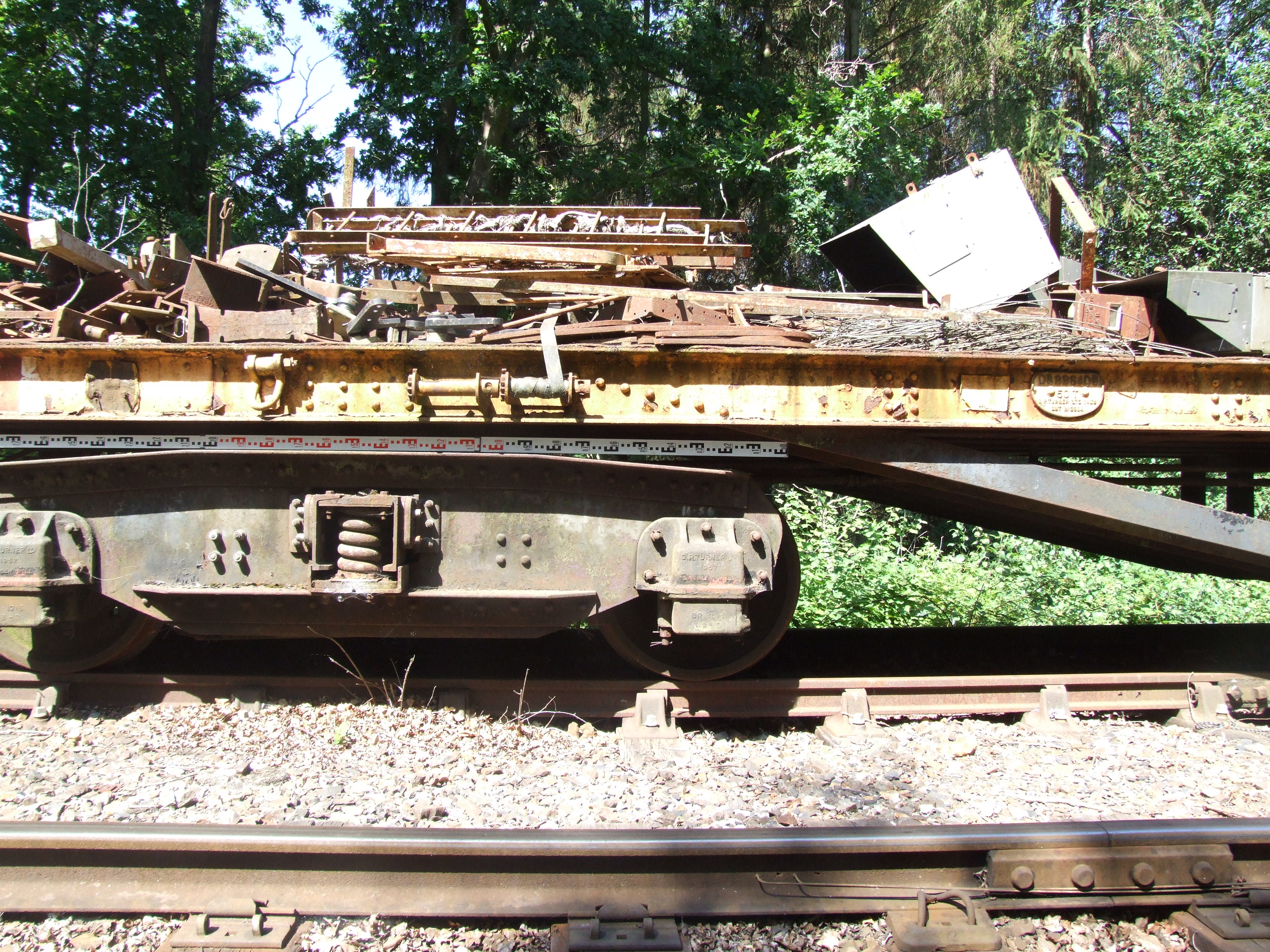
A side-on look at the wheelbase and bogie
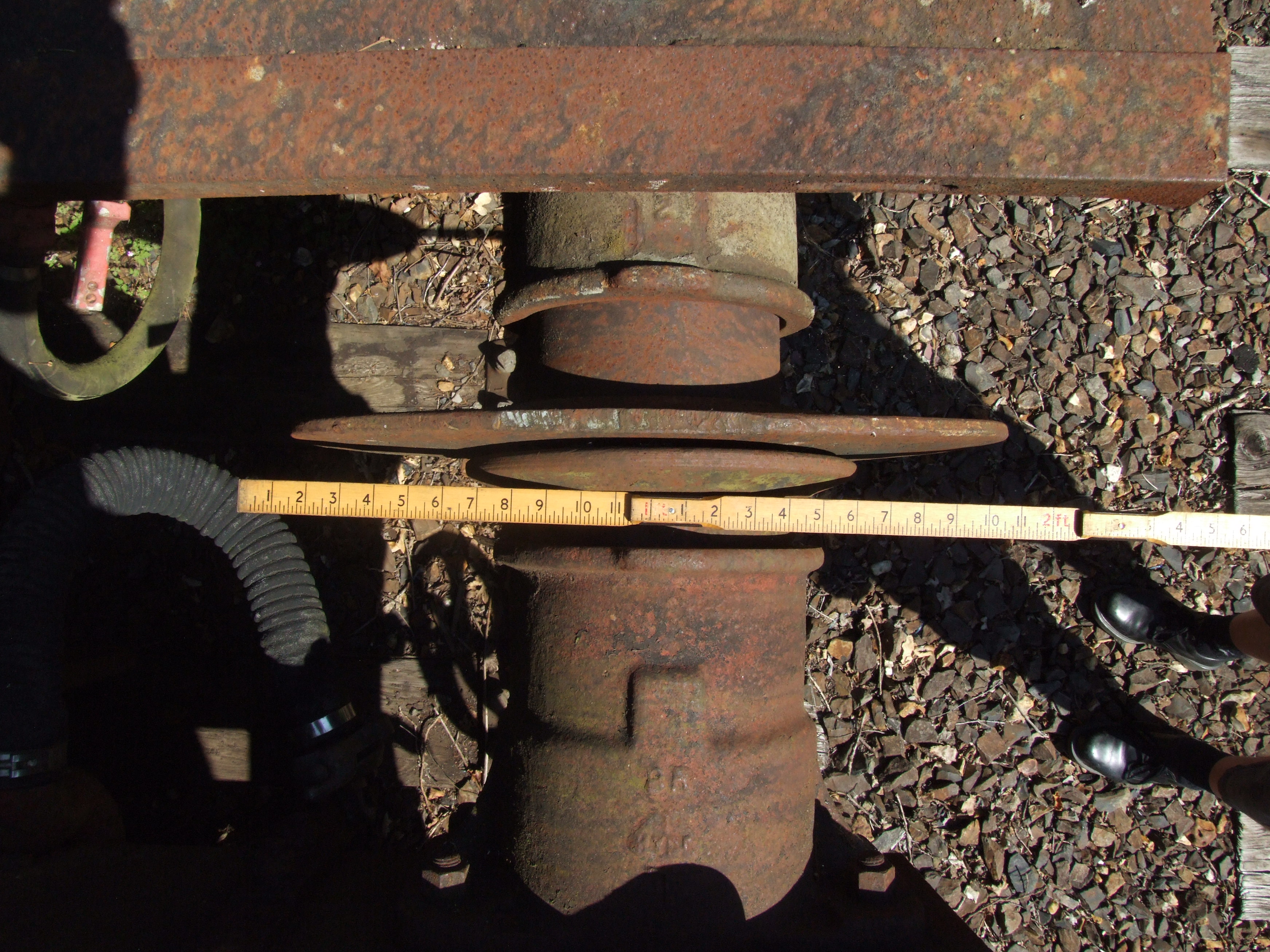
A top view of the buffers
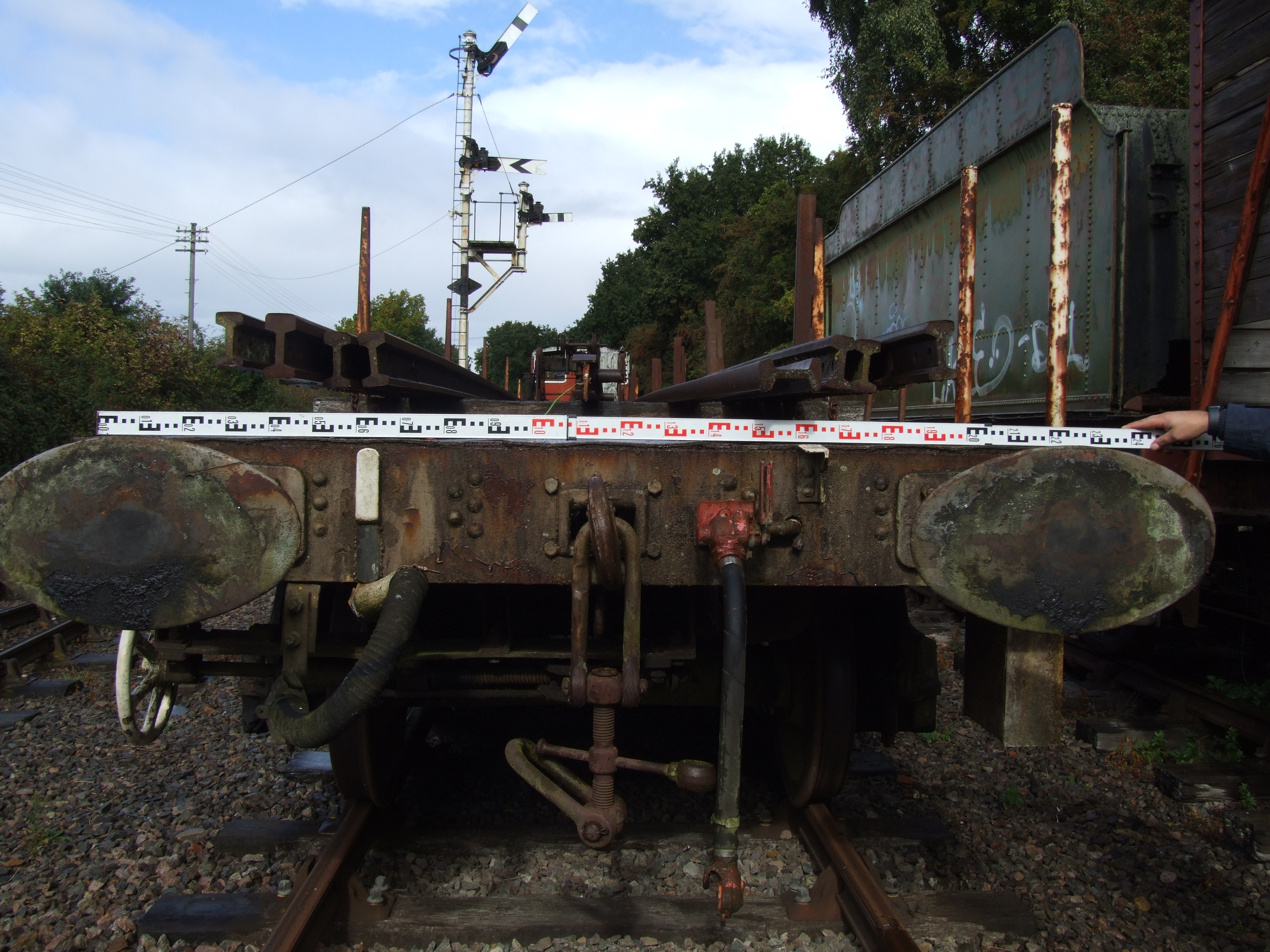
Another end view of the buffers
We have created renders of the ‘Salmon’ wagons. As previously announced, we will first produce YMA and YMO variants of the BR and LMS ‘Salmon’ wagons, with further variants to follow. The design incorporates a huge amount of detail, from the buffers to the bogies.
Salmon Wagon Renders
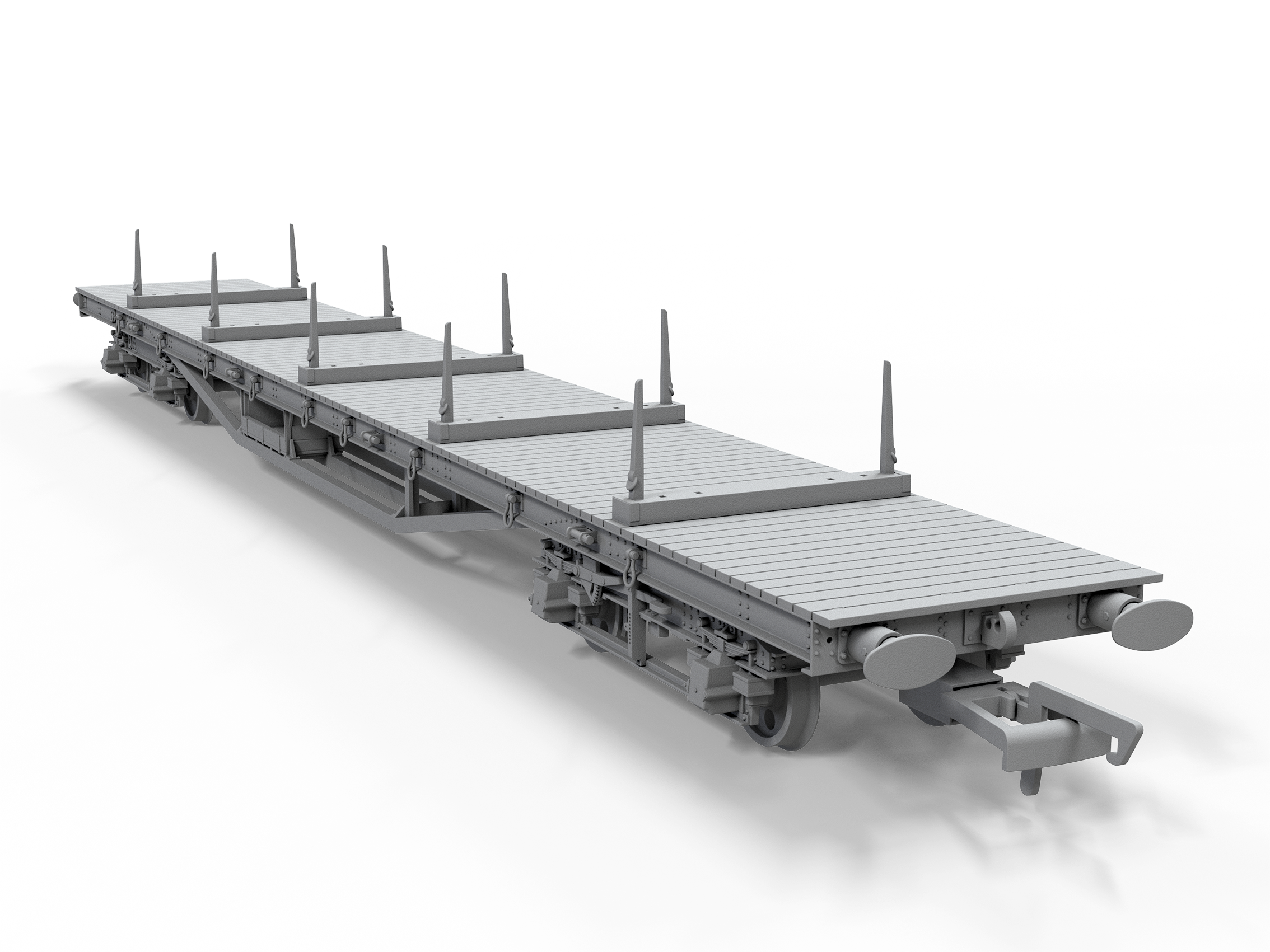
The image shows five bolsters as seen on the YMO prototype. As the YMO wagons were unfitted, we’ve included bolsters in the accessory bag, so you can fit them or take them off depending on your layout needs. You can find further images of the render below.
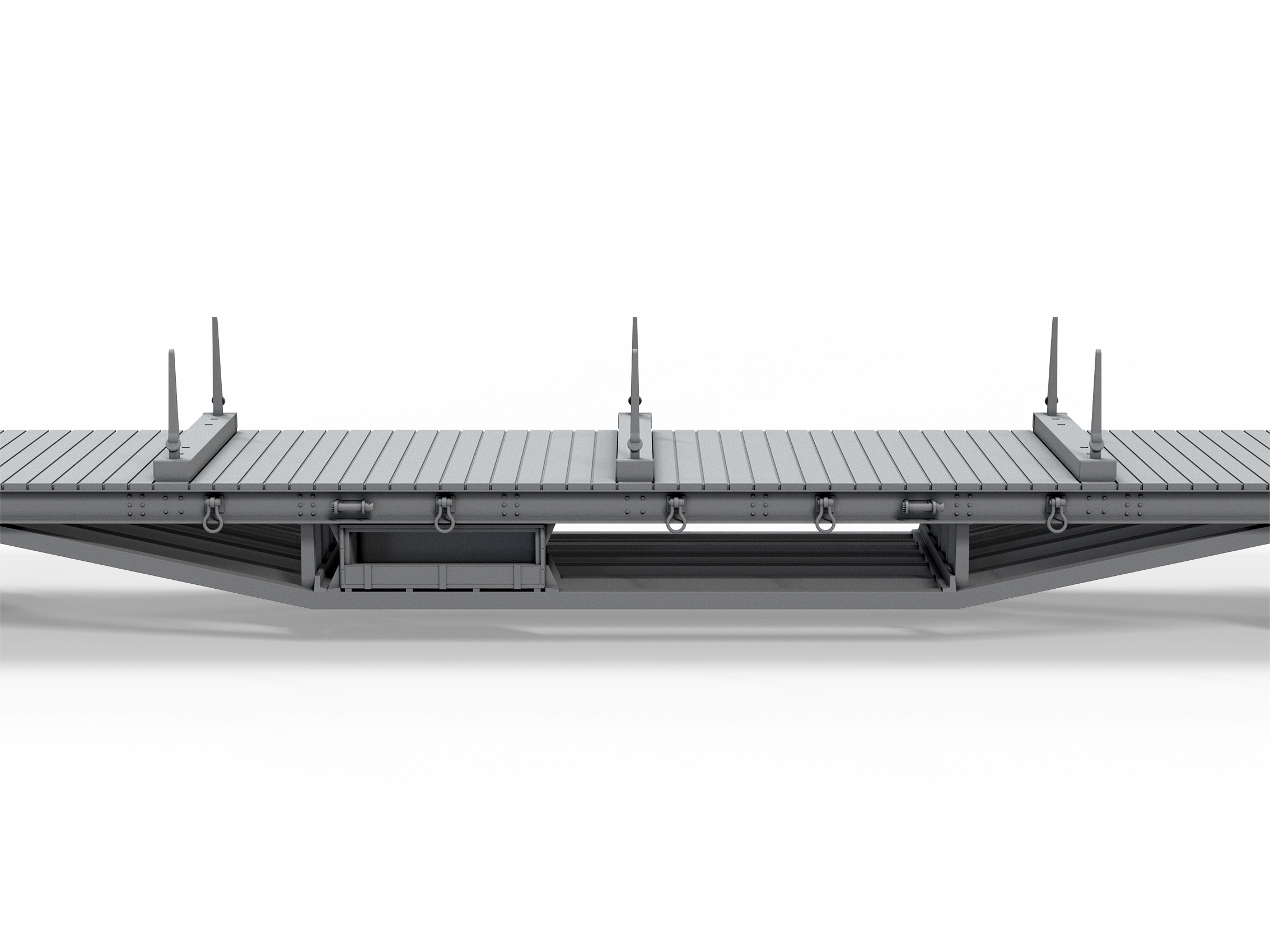


The details of the diecast chassis underframe can be seen clearly in the above image.
The ‘Macaw B’, or Bolster B, was a heavyweight 30-ton 48ft bogie bolster wagon used for carrying heavy loads such as timber. It was fitted with 5 ft 6” Plateframe bogies. These flat wagons were outshopped in 1904 by Great Western Railway (GWR) and called the ‘Macaw’ under the GWR telegraphic code. Many of these wagons were requisitioned for military use during the First World War. Modifications, which included truss strengthening, were made to carry hefty loads, such as tanks and gun carriages. Writing on the side indicated it was “for military traffic only”.
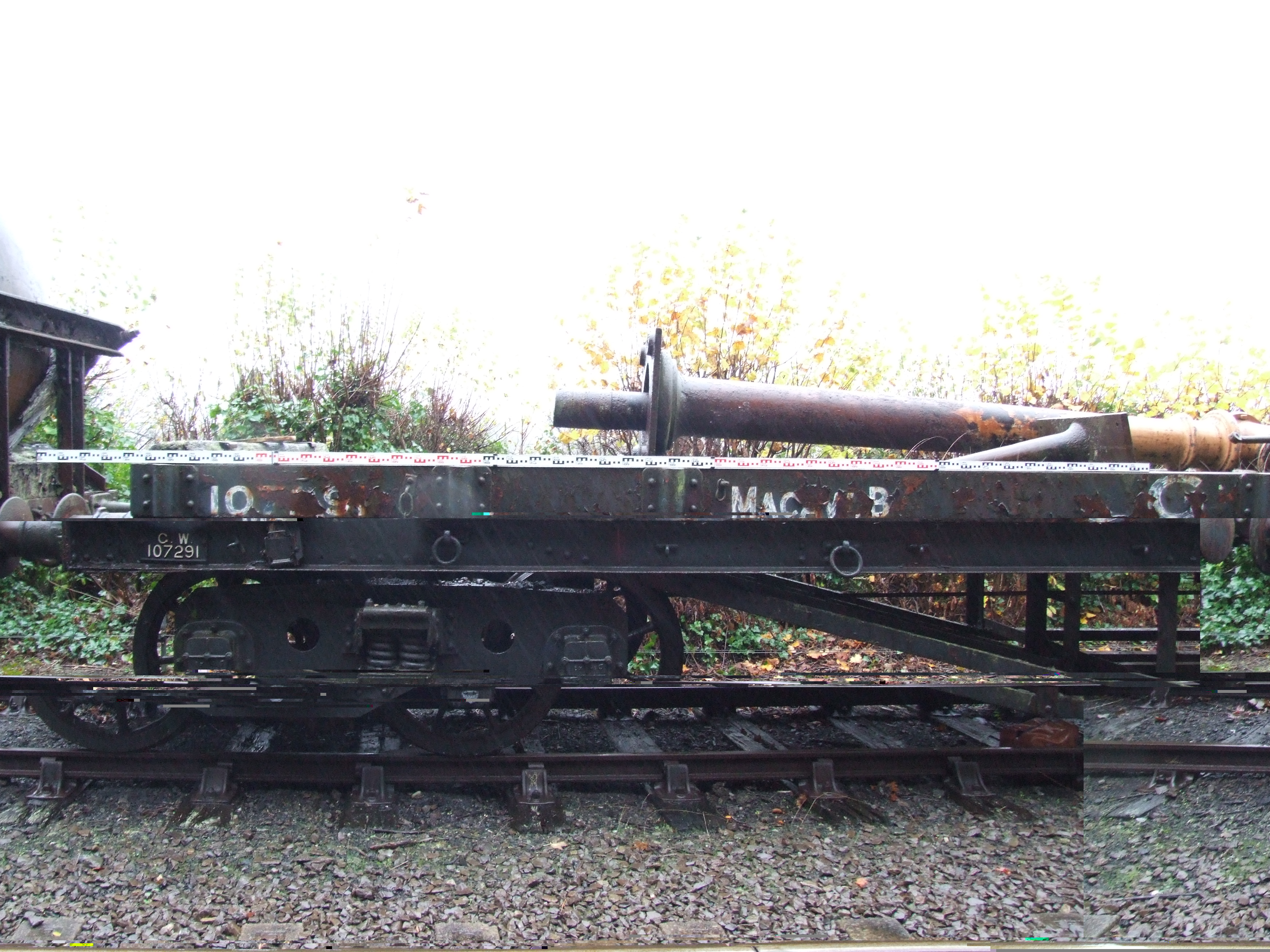
‘Macaw’ wagons were produced over a fifty-year period and saw few design changes. Under BR nationalisation, the GWR bogie bolsters continued in service and became Bolster C wagons. They were often used as part of engineers’ trains, for departmental use, or as crane runners. There are several examples of preserved prototypes still in existence.
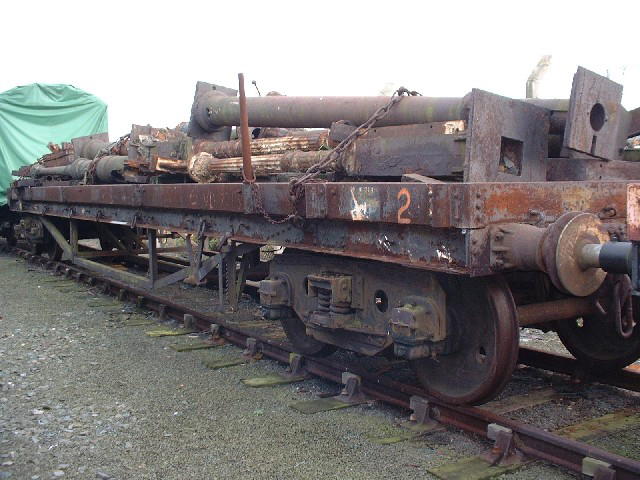
British Railways 30 ton Bogie Bolster C | Science Museum Group Collection
Creative Commons — Attribution-NonCommercial-ShareAlike 4.0 International — CC BY-NC-SA 4.0
Please note that the ‘Macaw B’ renders are still in development.




Finally, here’s a quick update on the Class 755 project. We have just received the first test shots from the mould tools, as shown below. First impressions are looking good, and hopefully, by the next edition of Engine Shed, we should be able to show a fully built engineering sample. There will be more to follow.
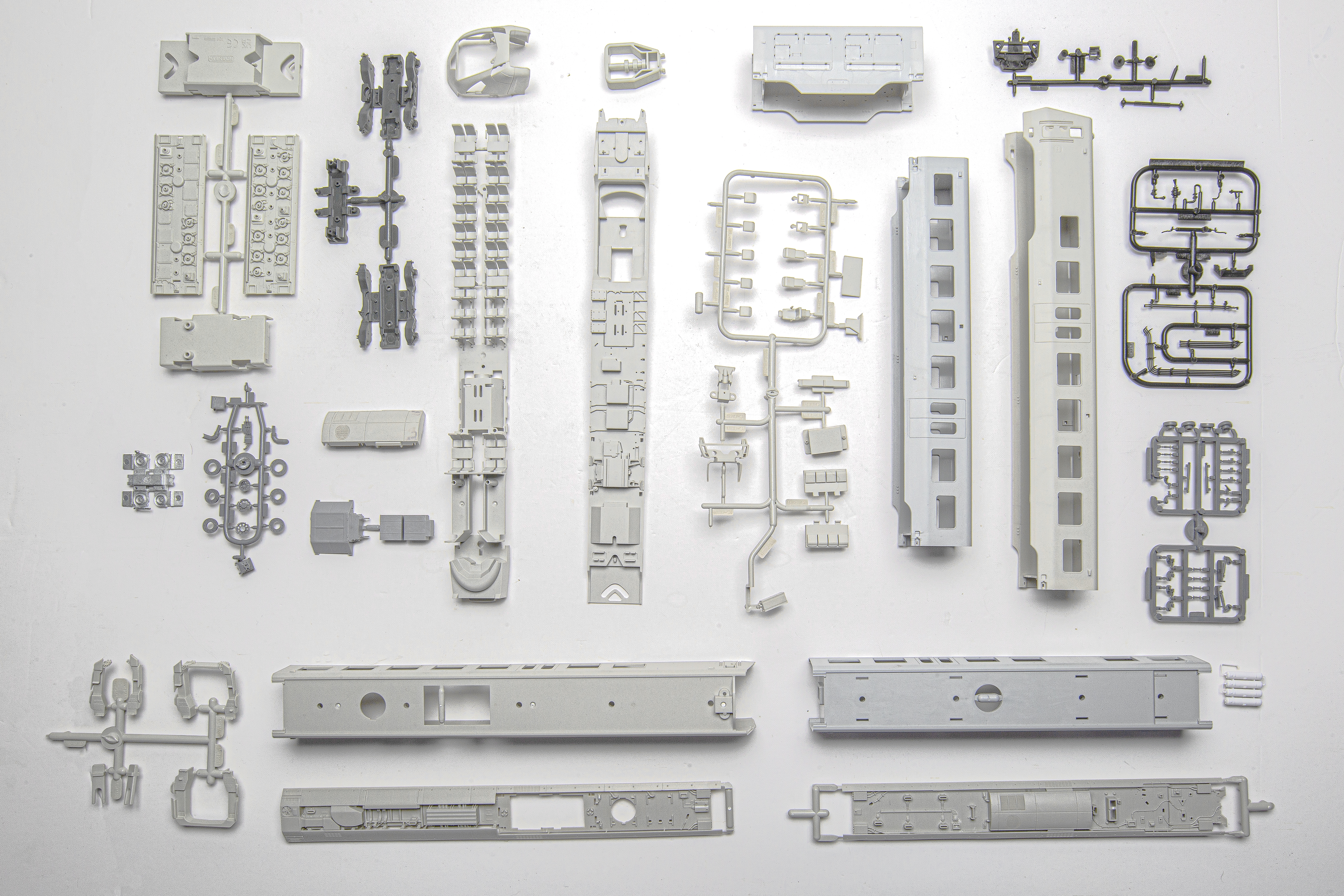


This concludes the May edition of Engine Shed. We trust this insight into the development of the ‘Salmon’ and ‘Macaw B’ wagons has proved informative. As always, please get in touch with us at marketing@hornby.com to let us know which locomotives and rolling stock you would like us to write about. See you next month!
Be sure to follow Hornby on Facebook, Twitter, TikTok and Instagram to be kept up to date on all the latest news and product updates. Don’t forget to subscribe to the Hornby YouTube channel and tune in to our Beyond the Buffers Podcast.
Happy Modelling!
The Engine Shed Team
Return to Engine Shed homepage
© Hornby Hobbies Ltd. All rights reserved.